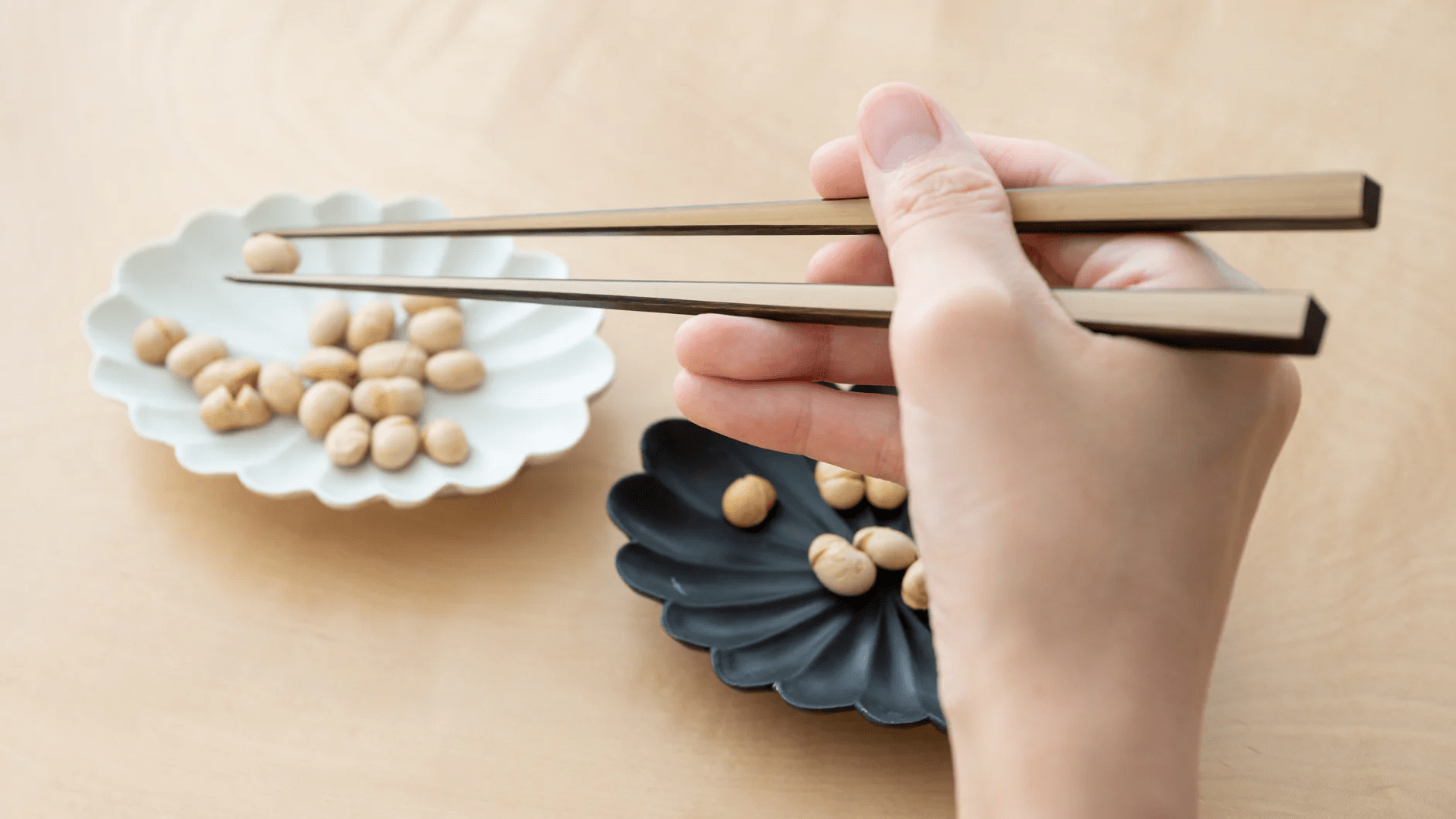
Japanese Wedding Traditions and Customs: 5 Unfamiliar and Unique Practices
Japan has a rich array of traditions and customs related to marriage. They may be the same throughout Japan, or they may vary from region to region.
In this article, we embark on a journey to unveil five traditional Japanese wedding customs that may not be widely known to those from other cultures.
By immersing yourself in these unique rituals, you'll gain a deeper understanding of the significance of marriage in Japanese society and the enduring traditions that have stood the test of time.
Table of Contents
Submission of Marriage Certificates

While traditional marriage certificates issued by local government offices remain the standard, commercially available options have gained significant popularity in recent years due to their more appealing designs. These commercially available certificates are often featured in wedding magazines or women's fashion magazines, further fueling their popularity.
Couples can choose from certificates adorned with original illustrations or designs, creating keepsakes that reflect their unique love story, hobbies, and personalities. For those with a strong sense of local pride, there are even regional marriage certificates showcasing local motifs, allowing couples to incorporate their hometown heritage into their special day. This trend empowers couples to express their individuality and personalize their wedding ceremony in a way that traditional certificates cannot.

Determining the Best Day for Wedding

In Japan, couples often determine their wedding date according to rokuyo, "the lunar calendar." Rokuyo is one of the calendars that indicate good or bad luck and fortune in terms of time, date, and direction. Originally born in China, it was introduced to Japan in the Kamakura period (1185 CE–1333 CE) and became popular in the Edo period (1603 CE–1868 CE) and has had a great influence on people as the famous calendar in Japan.
The rokuyo consists of six types: sensho, tomobiki, sakimake, butsumetsu, taian, and shakko. All 365 days of the year are assigned to one of these six types. In this traditional calendar, taian is considered an auspicious day. By holding a wedding ceremony on the day of taian, it is meant to wish the new couple happiness and success. Additionally, taian is deemed suitable for starting a job or businesses, signifying a fitting start to a new life.
Loving Gifts from Parents

Traditionally, yomeiri-dogu, meaning "bride's tools," symbolized a woman's integration into her new husband's family and local community. Back then, newlyweds often lived with the husband's family, and these practical gifts— typically a paulownia chest of drawers, futon (a traditional Japanese mattress), and kimono—helped her establish her place within the household.
However, modern marriages have shifted this tradition. Today, couples are more likely to start their own households, and the concept of "marrying into a husband's family" is less prevalent. Consequently, the meaning of yomeiri-dogu has evolved to represent "essentials for a new life" rather than just tools for the bride.
Electrical appliances and tableware are now commonly included alongside traditional items, reflecting the changing needs of newlyweds. Regardless of the era, gifting yomeiri-dogu remains a heartfelt expression of parental love and a wish for their children's happiness and prosperity.

In the western part of Kagawa Prefecture, oiri sweets have long been an indispensable item as yomeiri-dogu. Oiri is made from rice cakes, and the seven colors of pink, red, yellow, green, white, purple, and blue are colorful and lovely. Oiri, which are sometimes handed out as a greeting to neighbors at the bride's destination, are a strong ally for brides who are marrying into a new place.
Wedding Attire for Family Members

The mother of the bride and groom and married women in the immediate family wear kuro-tomesode. The black base color and auspicious patterns on the hem create a visually striking and elegant ensemble. Its prestige and beauty make it a highly coveted garment for formal occasions like weddings.

If the bride and groom have sisters or female cousins, they may wear furisode to the wedding. Unlike the black tomesode, the furisode is made with longer sleeves and is considered the first formal attire for adult unmarried women. It is often worn mainly for coming-of-age ceremonies and weddings.
Preparing attire for a wedding is a joy for the family members, and the process of preparation itself is likely to become a lovely memory.
Gifts of Appreciation for Guests

In Japan, expressing gratitude to wedding guests is a tradition beautifully conveyed through hikidemono, a parting gift presented at the reception. These gifts typically include delicious sweets, elegant tableware, or high-quality towels. Recently, gift catalogs have become a popular option, offering guests the convenience of choosing their desired items.
For a truly unique twist, Toyama Prefecture, renowned for its bountiful seafood, boasts a special hikidemono tradition: saiku-kamaboko. These exquisitely crafted fishcakes are shaped and colored to resemble auspicious symbols like sea bream and crane birds, adding a delightful local touch to the wedding celebration.

In the past, local people used to share the fishcake shaped like a large sea bream with their neighbors to "share the happiness." However, as time went by, the demand for the fishcake decreased, and nowadays, more small-sized fishcakes are being sold so that they can be easily enjoyed at the dinner table.
We introduced some of Japan's traditional customs associated with marriage in chronological order. Many other wedding customs continue to thrive, so we encourage you to delve deeper into this topic. You may find it fascinating to discover the differences between weddings in your country and those in Japan.







Leave a comment
This site is protected by hCaptcha and the hCaptcha Privacy Policy and Terms of Service apply.